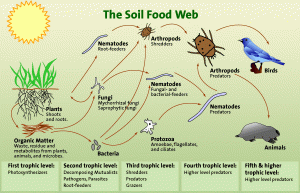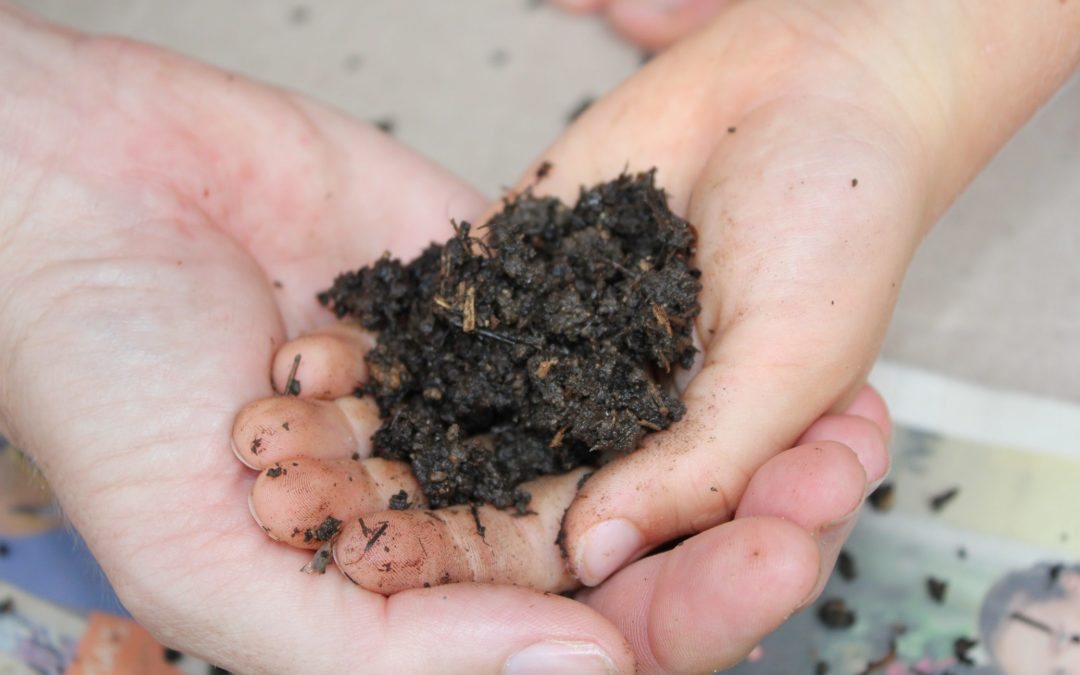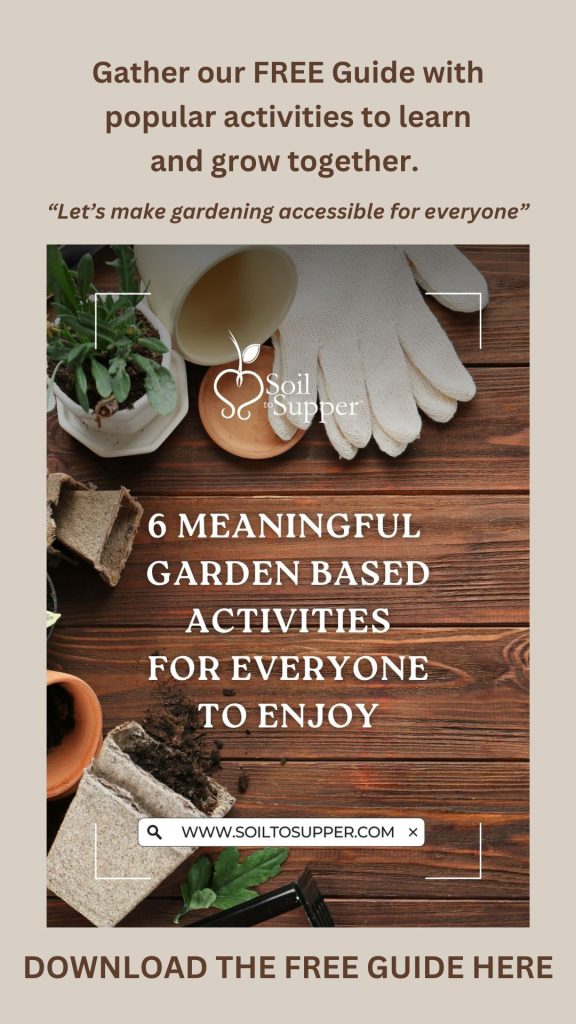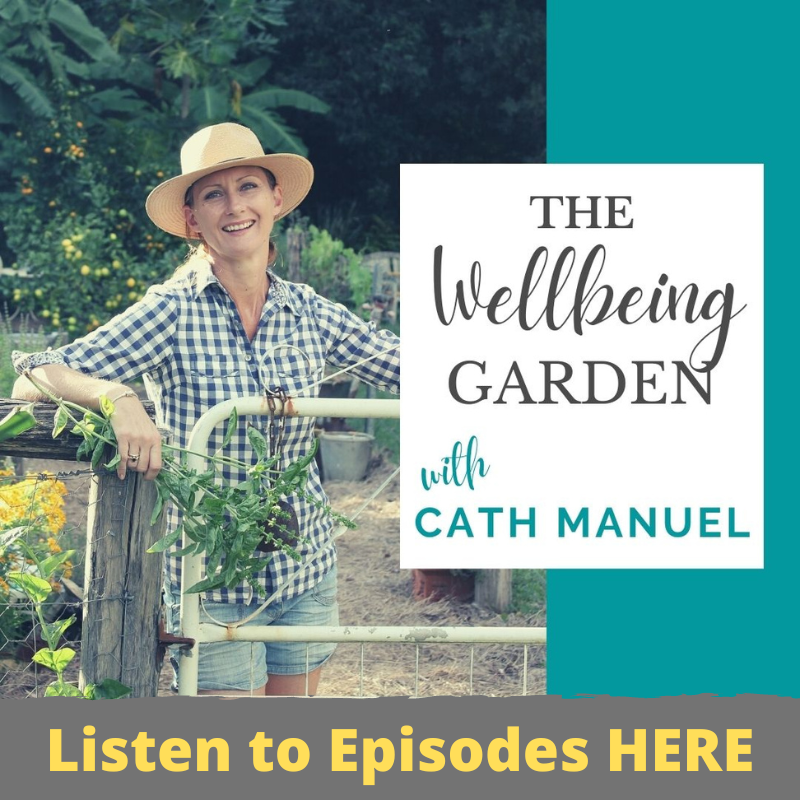 Healthy soil is full a living system that we can’t see.
Healthy soil is full a living system that we can’t see.
Most of the millions of organisms that live in the soil are beneficial micro-organisms such as fungi, bacteria, protozoa, and nematodes offering systems that encourage good plant growth.
This is known as the Soil Food Web.
These organisms provide plants with most of their needs to grow and thrive, which includes the availability & retention of nutrients, disease resistance and the improving of soil structure.
The use of chemicals will kill the beneficial organisms, resulting in a dead soil which is then more likely to have an increase in diseases and nutrient deficiencies.
[image courtesy: Soil Food Web Canada]
The Soil Food Web is a diverse community of organisms living all or part of their lives in the soil. Microbial diversity is larger than the diversity of organisms that live above the soil.
They range in size from tiny bacteria, algae, fungi, and protozoa, to nematodes and micro-arthropods, to the visible earthworms, insects, small vertebrates, and plants. As these organisms eat, grow, and move through the soil, they make it possible to have clean water, clean air, healthy plants, and good water flow.
Functions of a healthy food web
- The food web improves soil structure by binding pieces of soil (clay, sand, silt, organic matter, roots) together and by building airways and passageways through the soil. Unrestrained movement of air and water are vital to maintain healthy plants and the soil food web itself. Good soil structure allows water to drain from too wet soil and assists soil to hold water when it starts to dry out.
- The microbes provide nutrients that are held in the soil until the plant requires them and are in the proper forms that will enable a plant to access them.
- Retains nutrients so they don’t leach from the soil. Retaining the natural nutrients means less need for fertilisers.
- Building the soil structure, so that the oxygen, water and other nutrients can be easily absorbed into the soil which allows plants to develop a deep root system.
- Suppression of disease-causing organisms.
- Fix nitrogen from the atmosphere, making it available to plants.
- Control of toxic compounds through the breakdown or decay of organic materials.
The Soil Food Web is an important part of the landscape processes. The soil organisms break down organic particles, including manure, plant residues, and pesticides, preventing them from entering water and becoming pollutants. They also assist in building up soil levels to allow for good plant growth.
The organisms eat, and then excrete a food for another organism. This is called a closed loop system occurring in nature.
Many organisms increase the clumps of soil particles, which are essential for the storing of water, air, nutrients, microbes and organic matter.
Soils with a high level of soil clumps are more stable and less susceptible to erosion and surface runoff.
Plants depend on beneficial micro-organisms in the following ways:
- to protect them from pathogens.
- to retain nutrients in the soil so they do not leach from the root zone.
- to process nutrients into an available matter for plants to absorb.
- to assist with the absorption of nutrients.
- to break down pollutants in the soil.
- to create air passageways that enable air and water to enter deep into the soil and be retained. This enables the plants roots to grow as deep into the soil as possible enabling them to obtain water and nutrients at all times.
If the organisms that perform these key functions are missing, they need to be replaced.
Organisms contribute in a variety of ways to the condition of soil so we must care for the small creatures which form a part of The ‘Web’.
To create a healthy Soil Food Web we need to ensure a correct soil pH and have plenty of added organic matter to ensure plants have access to the nutrients required.
So next time you’re out in the garden consider these microscopic organisms that live in the soil who are working hard to provide everything your plants need.
If you have any questions on soil health or how to improve your soil, please post a comment below.
Or join our Soil to Supper Facebook Club and connect with other keen growers.
References and more information on Soil Biology available HERE
© cath manuel 4 august 2012




